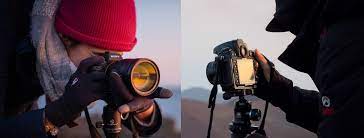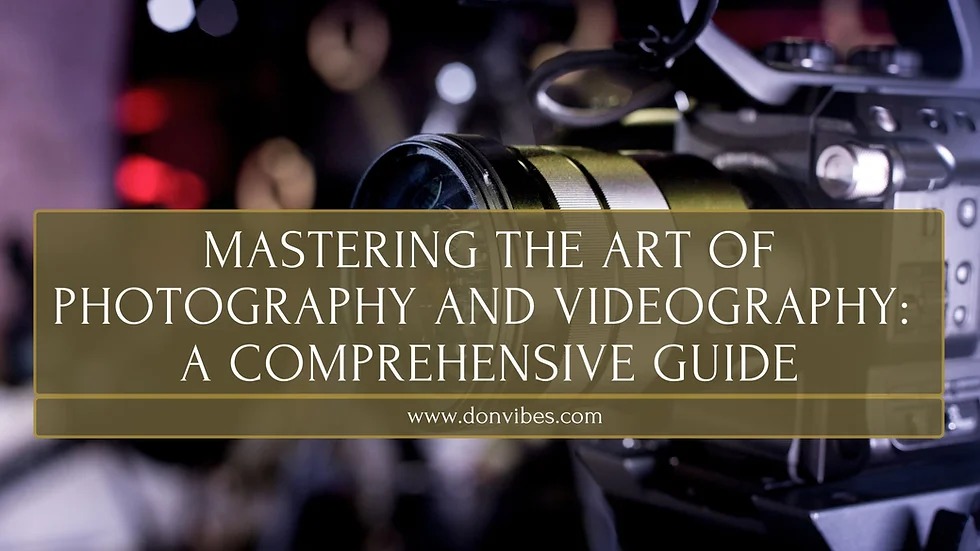Table of Contents
Introduction:
In the digital age, photography has become more accessible than ever, with smartphones and digital cameras enabling people to capture moments with ease. However, to truly master the art of photography and unleash your creativity, understanding the fundamentals of image processing and manipulation is essential. This is where the PhotoImage class comes into play. In this comprehensive guide, we’ll explore the PhotoImage class in Python, its functionalities, applications, and how you can use it to enhance your photography skills.
Understanding the PhotoImage Class:

The PhotoImage class is part of the tkinter module in Python, which is used for creating graphical user interfaces (GUIs). It allows users to display and manipulate image files within tkinter-based applications. The PhotoImage class provides methods for loading, displaying, and manipulating image data, making it a powerful tool for image processing and visualization.
Key Features of the PhotoImage Class:
Image Loading:
The PhotoImage class provides methods for loading image files from various formats, including GIF, PNG, and JPEG.
Users can load images either from local files or from URLs, providing flexibility in accessing image data.
Image Display:
Once loaded, images can be displayed within tkinter-based applications using the Label widget.
The PhotoImage class allows users to specify the position, size, and appearance of the displayed image, enabling customized image layouts.
Image Manipulation:
The PhotoImage class provides methods for resizing, cropping, rotating, and flipping images.
Users can perform various image manipulation operations to enhance the visual appeal of photos or create artistic effects.
Image Processing:

Advanced users can leverage the capabilities of the PhotoImage class to perform image processing tasks, such as filtering, edge detection, and color adjustment.
By combining image processing algorithms with tkinter-based GUIs, users can develop powerful applications for image analysis and enhancement.
Applications of the PhotoImage Class:
The PhotoImage class has numerous applications in photography, image editing, and GUI development, including:
Photo Viewing Applications:
The PhotoImage class can be used to create photo viewing applications that allow users to browse, view, and organize their photo collections.
Users can display thumbnails, slideshow presentations, or full-size images within the application interface, providing a seamless viewing experience.
Image Editing Tools:
The PhotoImage class serves as the foundation for developing image editing tools with GUI interfaces.
Users can perform basic editing operations, such as cropping, resizing, and rotating images, directly within the application window, eliminating the need for external software.
Digital Art and Design:
Artists and designers can use the PhotoImage class to create digital art and design projects, such as illustrations, graphics, and digital paintings.
By combining image manipulation techniques with creative tools and brushes, users can unleash their creativity and produce visually stunning artworks.
Scientific Visualization:
Researchers and scientists can utilize the PhotoImage class to visualize and analyze scientific data, such as microscopy images, satellite imagery, or medical scans.
By developing custom GUI applications with interactive image visualization tools, users can explore complex datasets and extract valuable insights.
Best Practices for Using the PhotoImage Class:
To maximize the effectiveness of the PhotoImage class, consider the following best practices:
Optimize Image Loading:

When loading large image files, consider optimizing the loading process to minimize memory usage and improve performance.
Use techniques such as lazy loading or asynchronous loading to load images on-demand and avoid loading unnecessary data.
Handle Image Formats:
Be mindful of the image formats supported by the PhotoImage class and ensure compatibility with the image files you intend to use.
Convert image files to supported formats if necessary, or use third-party libraries to extend format support.
Implement Error Handling:
Implement error handling mechanisms to gracefully handle exceptions and errors that may occur during image loading or processing.
Display informative error messages to users and provide options for troubleshooting or resolving issues.
Optimize Performance:
Optimize image processing algorithms and operations to minimize computational overhead and improve performance.
Consider caching or pre-processing image data to reduce processing time and enhance responsiveness.
Conclusion:
The PhotoImage class in Python offers a powerful set of tools for loading, displaying, and manipulating image data within tkinter-based applications. Whether you’re a photographer, artist, designer, or developer, mastering the PhotoImage class can unlock new possibilities for image processing, visualization, and creativity. By understanding its functionalities, applications, and best practices, you can harness the full potential of the PhotoImage class to enhance your photography skills, develop innovative applications, and unleash your creativity in the digital world. So, dive in, explore the PhotoImage class, and embark on a journey of visual discovery and expression.
For More Information Please Visit These Websites Craiyon And arturia

